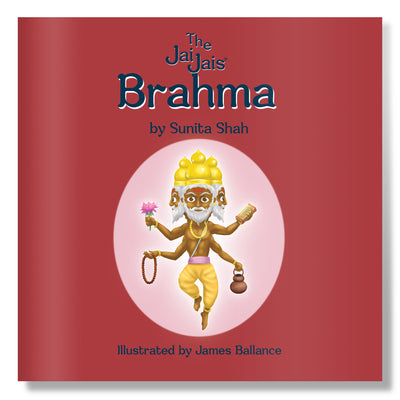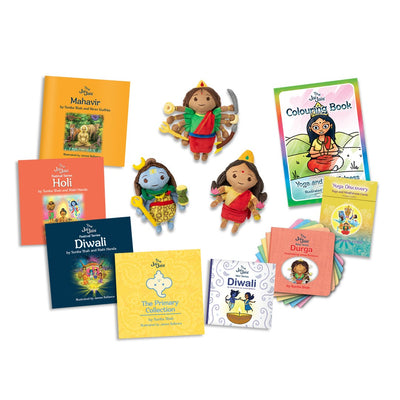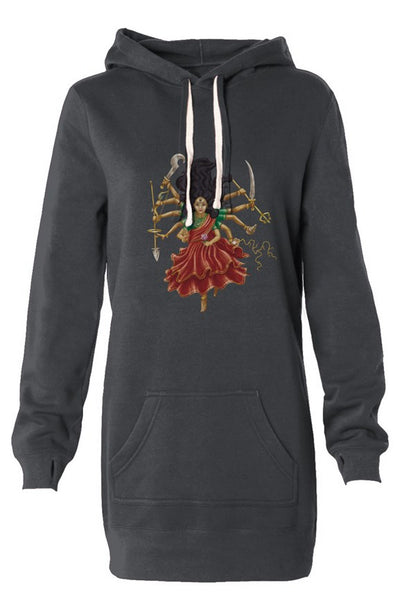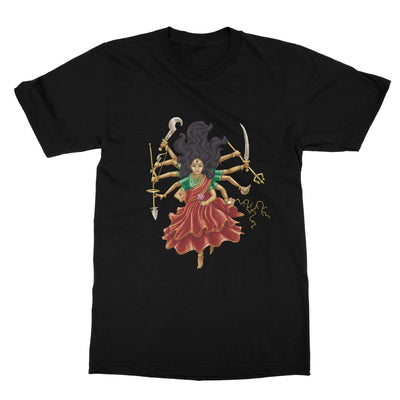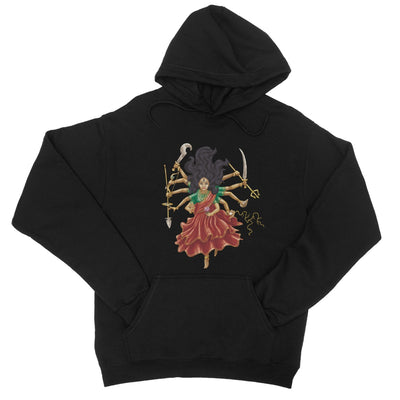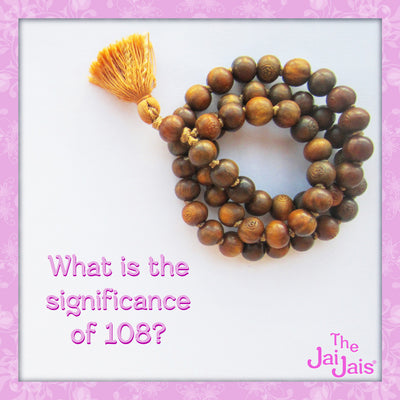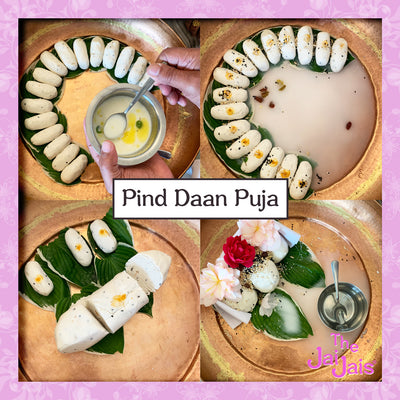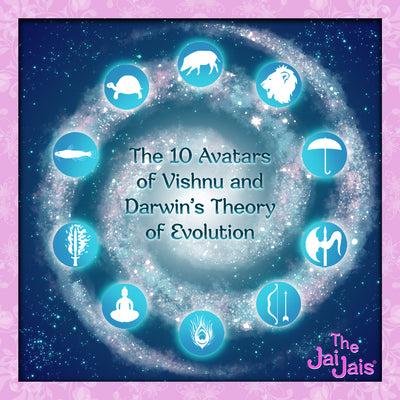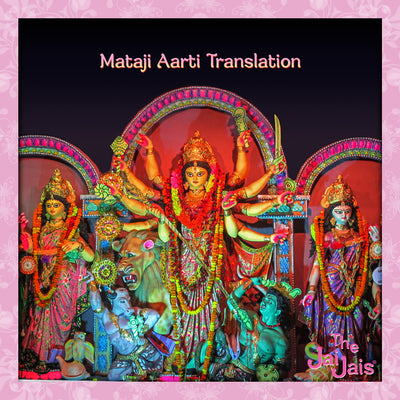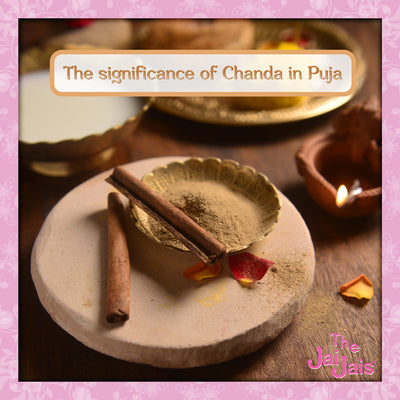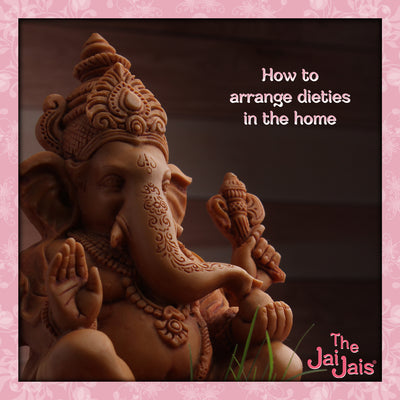Light is one of the oldest and most meaningful symbols, found in cultures and religions worldwide. Deepawali, Deepavali, or Diwali is the biggest and the brightest of all Hindu festivals. It is the festival of lights: deep means "light" and avali "a row" to become "a row of lights." The Festival of Lights, is the most popular Hindu festival of good overcoming evil. The triumph of light over darkness is celebrated with Divas, lamps and fireworks. Diwali is composed of special days, each with its own story.
Vagh Baras
Diwali celebrations in Gujarat and parts of Rajasthan begin with Vagh Baras. It can be considered as the first day of Diwali celebrations of Gujarati people. Cows and other domestic animals are worshipped on the day. It is also the last day of transactions in the financial year for businesses and those who maintain account books. Vagh Baras is also known as Govatsa Dwadashi and Guru Dwadashi.
Dhanteras
The festivities officially begins on the first day, which is known as Dhanteras. “Dhan" means wealth and "teras" refers to the 13th day of a lunar fortnight on the Hindu calendar. This day is solely dedicated to the worship and celebration of the goddess of wealth, Goddess Lakshmi. Goddess Lakshmi was born from the churning of the ocean on this day, and she is welcomed with a special puja (ritual). People consider this day very auspicious (shubh) and buy something precious-specifically gold, silver, gemstones, new utensils and clothes. In the evening, earthen lamps are lit outside the houses to welcome the goddess.
Chhoti Diwali & Kali Chaudas
Kali Chaudas is day to abolish laziness and evil which create difficulty in our life and shine light on life. On this day, a hair wash and application of kajal in the eyes is believed to keep away the kali nazar (evil eye). Some say that those who are into tantra, learn their 'mantras' on this day. Alternatively, people offer food to the goddess that is local to where they are originally from. This goddess is called their 'Kul Devi', in order to cast off evil spirits. Some families also offer food to their forefathers on this day.
It is also known is ‘Naraka Chaturdasi’ and ‘Roop Chaturdashi’. "Naraka" means hell and "Chaturdashi" means 14th day of a lunar fortnight on the Hindu calendar. Goddess Kali and Lord Krishna are believed to have destroyed the demon Narakasura, who was the ruler of Pragjoytoshpur on this day. Lord Krishna freed all the captive princesses and returned home victorious, and thus this day is commemorated to mark his triumph over the demon. With the festival of lights being just a day away, the streets and homes are already seen twinkling with lights.
Diwali
The third day is the day of the main festival, Diwali. It the new moon day known as ‘’Amavasya”. This darkest day of the month is the most significant day of the Diwali festival in north and west India. Lakshmi is worshiped on this day, with a special puja performed in the evening. Goddess Kali is also usually worshiped on this day in West Bengal, Odisha and Assam (although Kali Puja sometimes falls a day earlier depending on the lunar cycle). The south Indian Deepavali festival is also celebrated on this day in 2020. Goddess Lakshmi and Lord Ganesh are worshipped in the evening during an auspicious time, and proper aartis and bhajans are recited. It is believed that goddess Lakshmi enters homes and blesses devotees with good fortune and wealth on this day. People light divas and candles and decorate their homes with lights.
New Year & Govardhan Pooja
This day has various meanings across India. In north India, Govardhan Puja is celebrated as the day when Lord Krishna defeated Indra, the god of thunder and rain. It is believed that Lord Krishna defeated Indra by lifting the Govardhan Mountain. In Maharashtra, Karnataka and Tamil Nadu, the victory of Lord Vishnu over demon king Bali is celebrated as Bali Pratipada or Bali Padyami. The fourth day is widely celebrated as Govardhan Puja in the northern states of India. On this day, people make a small mound, usually of cow dung, and worship it. In the western states of India in Gujarat, it's celebrated as the start of a new year, this day marks the New Year as per their calendar and is celebrated as Bestu Varas.
Bhai Dooj
The fifth and last day of the festivities is the Rakhsha Bandhan-equivalent for sisters, and is known as Bhai Dooj. On this day, brothers visit their sisters and perform a 'tilak' ceremony. In this ceremony, rice and vermilion is applied on the brother's forehead, which is followed by aarti. Sisters pray for their brother's long lives while they promise to protect their sisters.
The Spiritual Significance of Diwali
Diwali is also a time to reflect on life and make changes for the upcoming year.
- Give and forgive.
- Rise and shine.
- Unite and unify.
- Prosper and progress.
- Illuminate your inner self.
“Agni”, is the Sanskrit word for fire. We are blessed by Agni the God of Fire with the humble flame of the diva. Rich in ancient history and symbolism; the lights of the Diva led the mighty warrior Lord Rama to his home, in the city of Ayodhya. He embarked on his epic adventure with his faithful brother Lakshman and his loyal companion Hanuman. Finally conquering the mighty demon Ravan. The story teaches us about ‘Dharma’, devotion, hope and bravery. Good prevailed over evil. As we look at the warm glow of the diva may it focus our mind, thoughts, and actions on the joy and fruitfulness of life. May the festival of lights lead our life journey to true happiness and fulfilment. Just like when Lord Rama returned to take his rightful place on the throne of Ayodhya. The whole sky and city was illuminated with light and hope.
Wishing everyone a safe peaceful and Happy Diwali from The Jai Jais Team.

